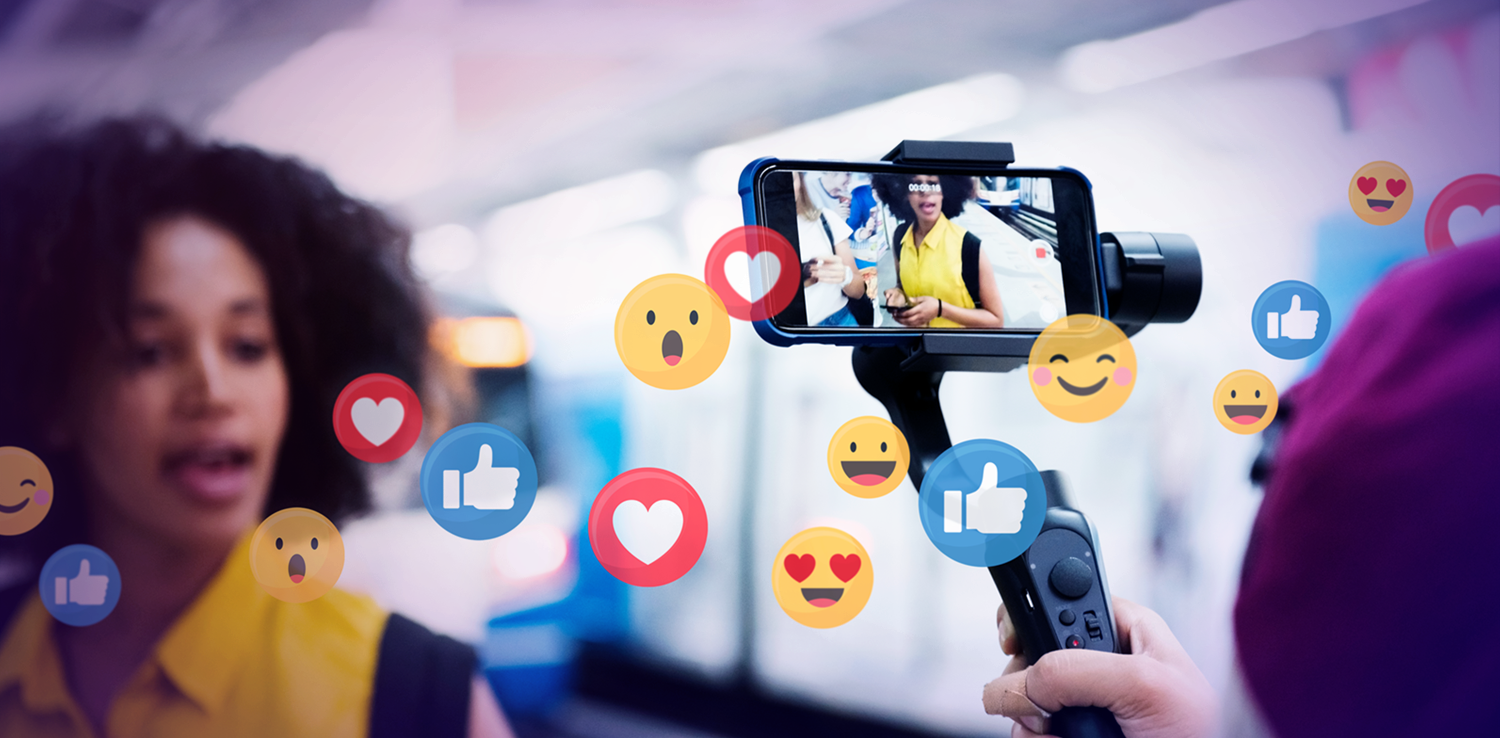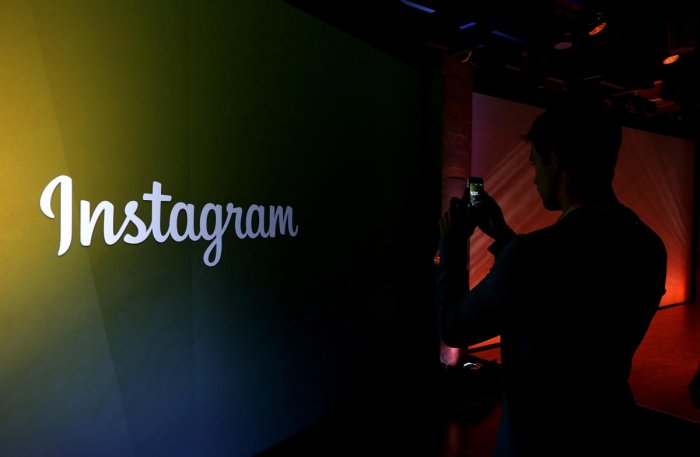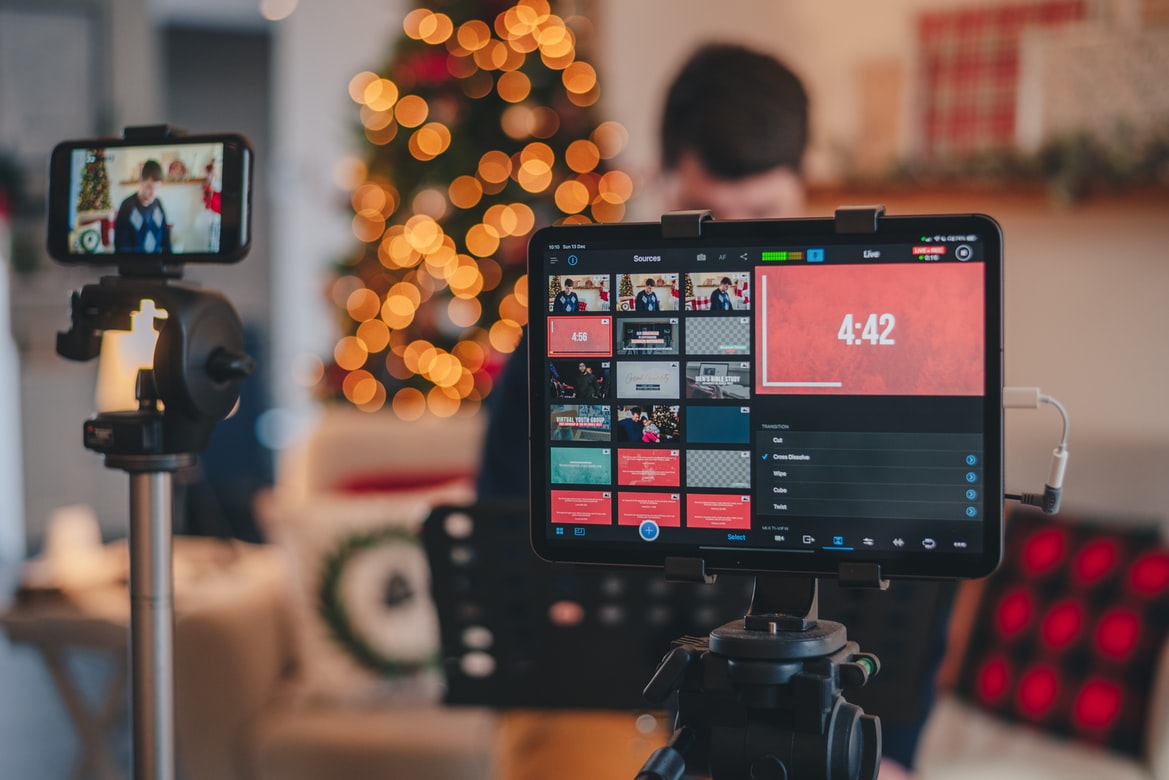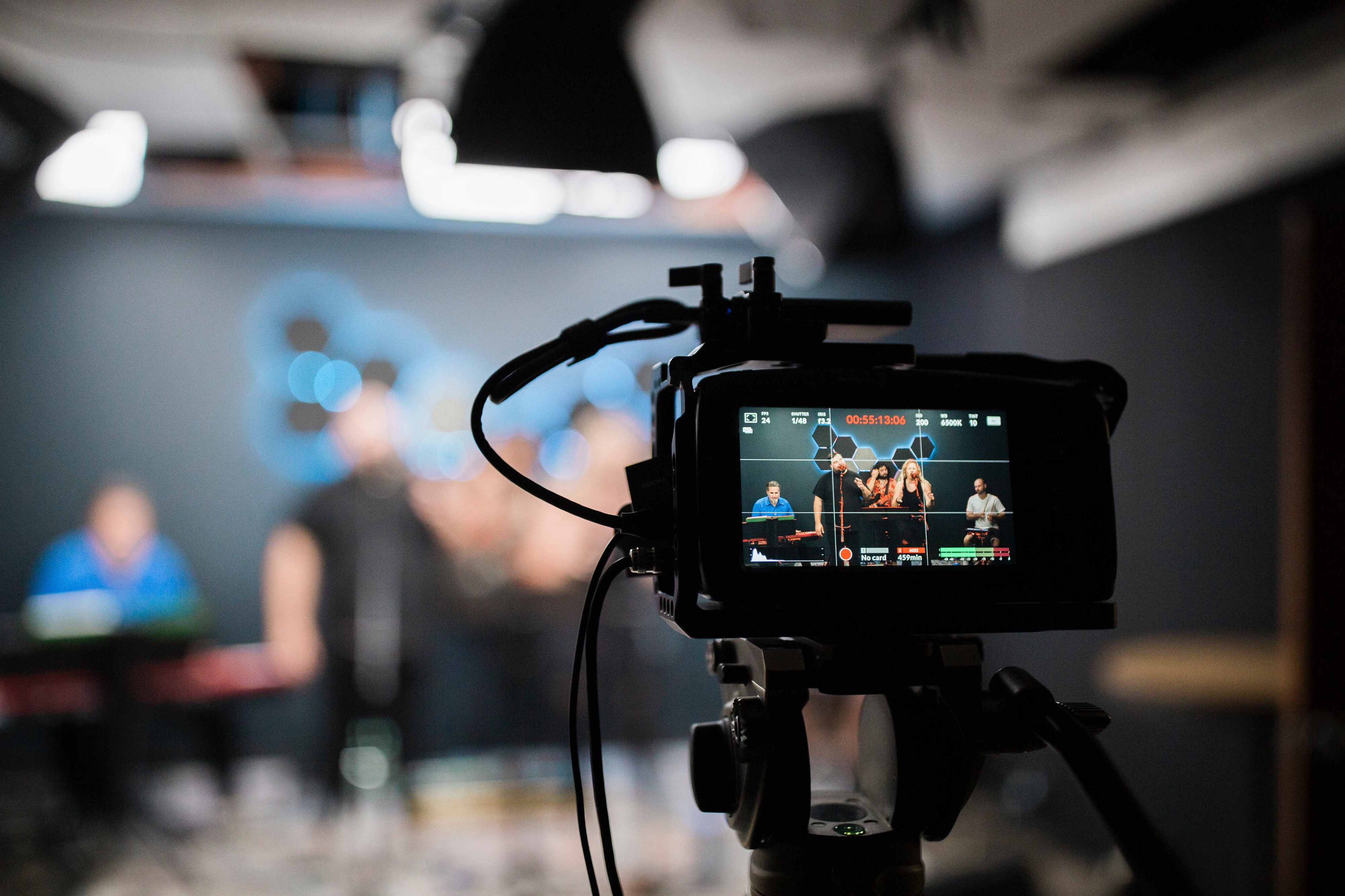Live streaming is a popular digital marketing technique used for broadcasting your content. This article will focus on some positive effects of live streaming on digital marketing efforts. Also, the article will discuss some of its negative aspects that need to be considered.
Why Do Brands Use Live Streaming?
Brands can use live streaming in multiple aspects of digital marketing to create a more meaningful and engaging experience for the consumer.
To increase brand awareness and run away from the off-brand stigma, companies need to be creative and increase their reach to build brands. If you don’t know much about the topic, read this article about off-brands.
With live streaming, marketers can put users in the center and focus on how and where they want their audience to receive content, allowing consumers to feel involved in the marketer’s strategy and not just one part of many possible audiences.
The most influential brands are the ones that can engage their audience at all times.
An example of how to do it is broadcasting live content to physically present individuals for the stream and to all those watching online, allowing businesses to cut out the middleman of the broadcast company and target their online fans directly. By doing that, they speed up the brand’s product or service consumption, allowing for a more personal connection to the related campaigns.
With that said, here are some positive effects of live streaming on digital marketing.
Positive Effects of Using Live Streaming
1. Improved Brand Awareness

The real-time broadcasting feature of live streaming gives the viewers better access to the products and service offerings of the brands in question. Consumers can see how a business feels about them in real-time, which can help them trust it more and this trust makes them more likely to act, which increases brand awareness.
If you have a generic brand or a small one, live streaming may be one of your cheapest option to start growing it.
2. Increase In Site Traffic

With its ability to turn audiences into customers, live streaming increases website traffic since viewers are more likely to visit a company’s online storefront when they tune in, which allows the company to convert viewers into customers directly.
3. Increased Social Media Engagement

With all of this extra exposure, brands can promote their business through social media channels at any time of day or night, helping promote a brand’s message and increasing social media activity.
4. Cost-Effectiveness

With all of these benefits, brands can have more exposure at a lower cost. Live streaming can be done on any budget and is much more affordable than buying airtime on TV.
All that is needed is a reliable internet connection found in most households and a camera for streaming.
5. Better Content

The interactive nature of live streaming video allows brands to engage with customers and create unique content tailored to their audience, enabling companies to improve their content and make it more appealing and dynamic for viewers, resulting in brand loyalty.
6. Improved Authenticity

One of the most important aspects of live streaming is authenticity. Live streaming allows brands to connect with viewers deeper, making them feel like they know the business and its employees.
Since viewers can view the brand’s lifestyle and its team members at any time of day or night, it’s possible for them to feel like they know the company like family.
7. Strategy Implementation

Since live streaming video lets companies interact in real-time with their customers, businesses can deploy different marketing strategies based on the needs of their audience in real-time.
8. Increased Collaboration

Live streaming also allows users to collaborate with other brands on video streams, which is helpful for companies that have a strong relationship with other businesses.
Collaborating will enable brands to expand their audience and form a stronger connection with their customers or audience.
Although live streaming has numerous benefits on the digital marketing horizon, there are also certain negative aspects of the process to consider.
Adverse Effects of Using Live Streaming
Below are some adverse effects of live streaming on digital marketing.
1. Live Streaming Is Not A Direct Way To Convert Viewers Into Customers

Since brands are interacting in real-time with their audience, they can engage in a conversation, but that does not mean that a viewer will immediately become a customer at the end of the day.
The high-quality product or service that a brand sells may be very appealing to consumers, but they can’t make real-time purchasing decisions from online streaming video.
2. Not Possible To Track The Results Of Live Streaming Marketing Campaigns

There are no clear metrics for companies to use to track the effectiveness of their live video marketing campaigns. To address this issue, businesses can utilize advanced data operations provided by platforms like Mux (https://www.mux.com/data-operations). This could result in the business spending minimal time and resources while gaining valuable insights into how effective its marketing campaign is.
3. High Data Consumption

A significant issue with live streaming video is the amount of data it uses. Although its digital footprint is low, live streaming does not provide real-time analytics to indicate precisely how effective it was. Worst of all, customers may not be able to access the live streaming video at all if they are using a limited data plan.
4. Increased Security Risks

Since live-streaming requires a real-time connection to the internet, it follows the same security risks as other forms of digital marketing. A company can be hacked at any time of day or night, resulting in loss of work or even identity theft, putting the business at risk for data breaches that may harm its online reputation.
5. Video Length Restrictions

Since live streaming is done in real-time, companies cannot create longer videos because viewers may not tune in for the entire video duration, posing a problem to spread information about their product or service over a more considerable period.
6. No Room For Mistakes

Live streaming also means that brands cannot edit any mistakes they make on the fly, and there is no way to change them once they are made. This can be a massive issue for businesses that want to control their image and prevent any potential scandals from happening in real time.
Final Thoughts
Live streaming is relatively newer than other digital marketing approaches, but it has already gained popularity among companies that wish to improve their digital footprint.
However, it is not necessarily a direct route to increase the reach of your business online and build brands. Companies must understand the positive and negative effects of live streaming to continue their growth strategies.









